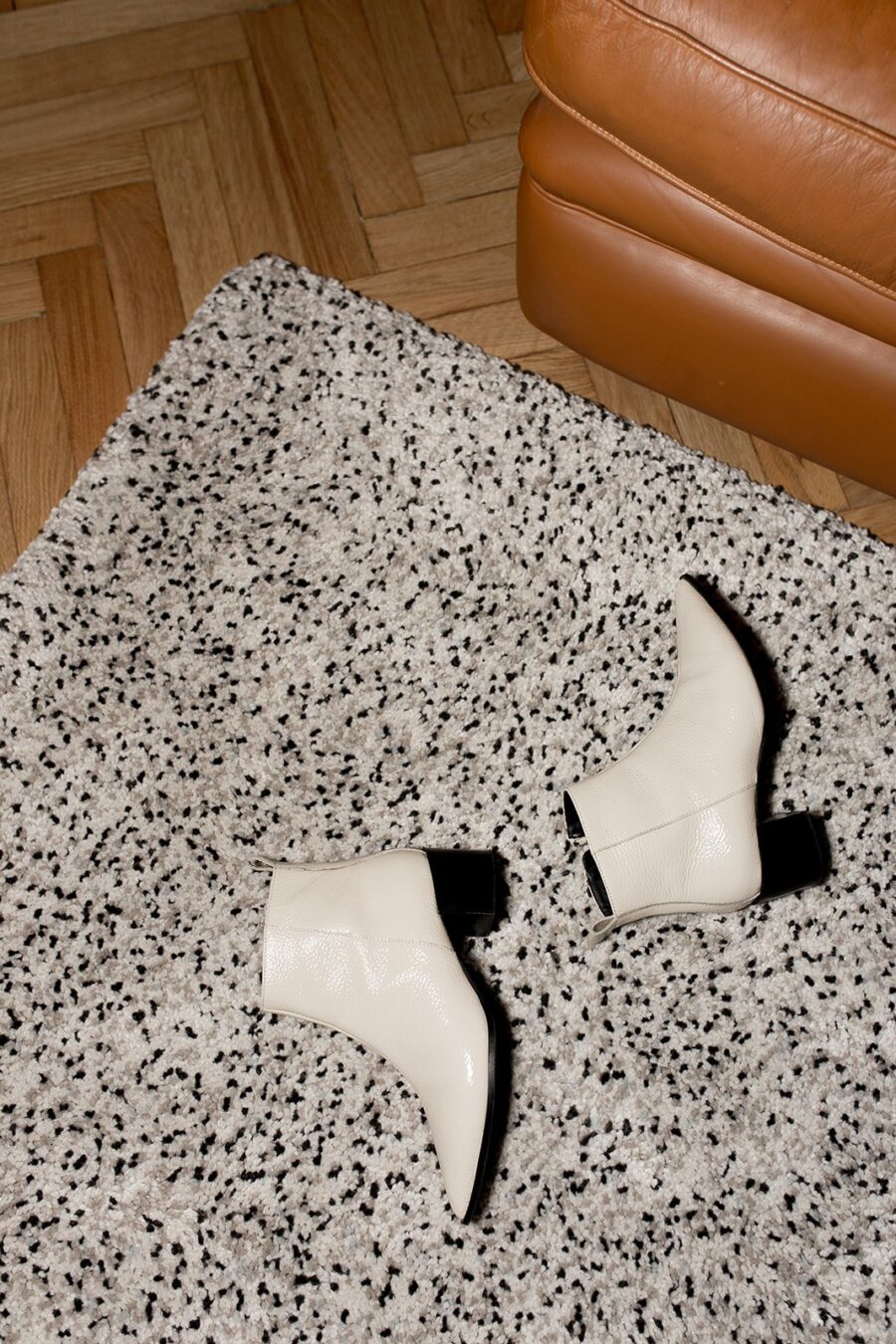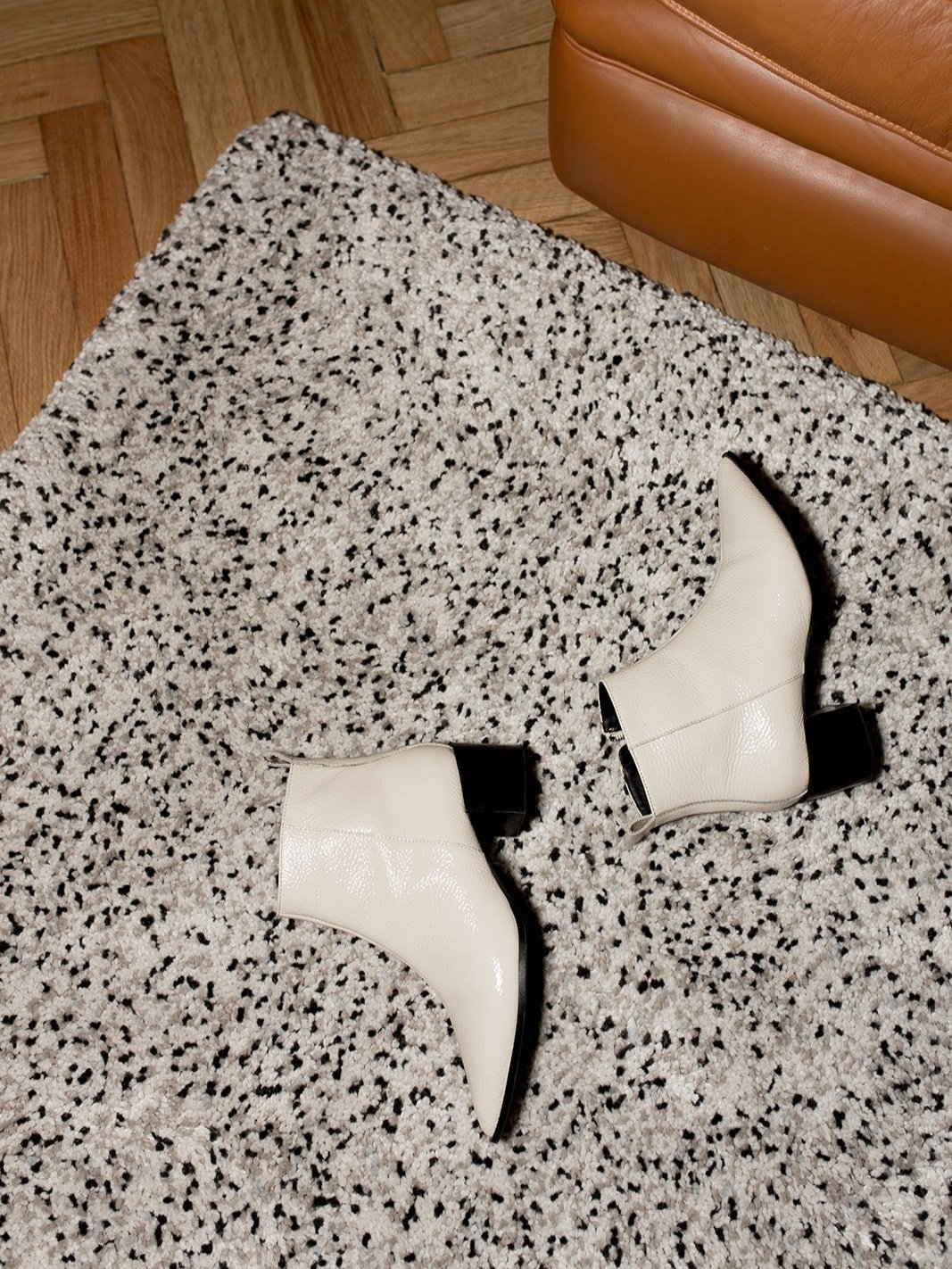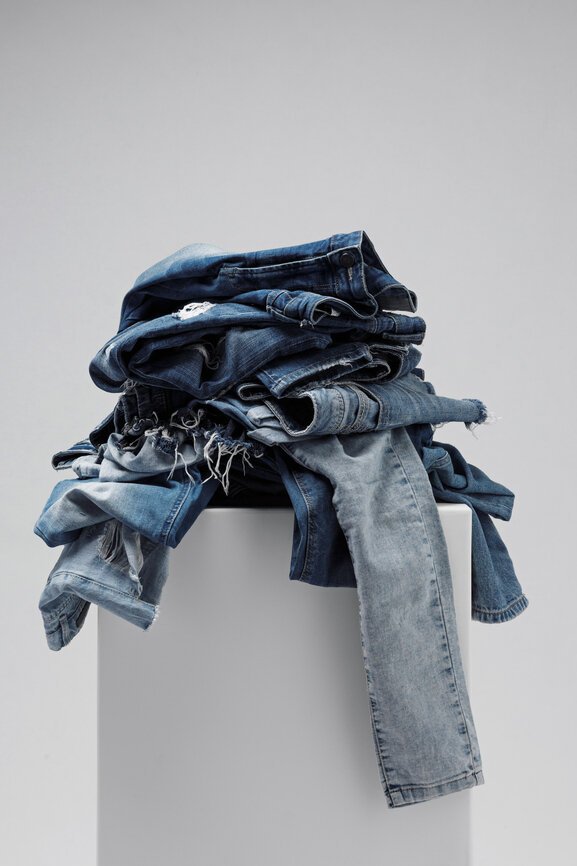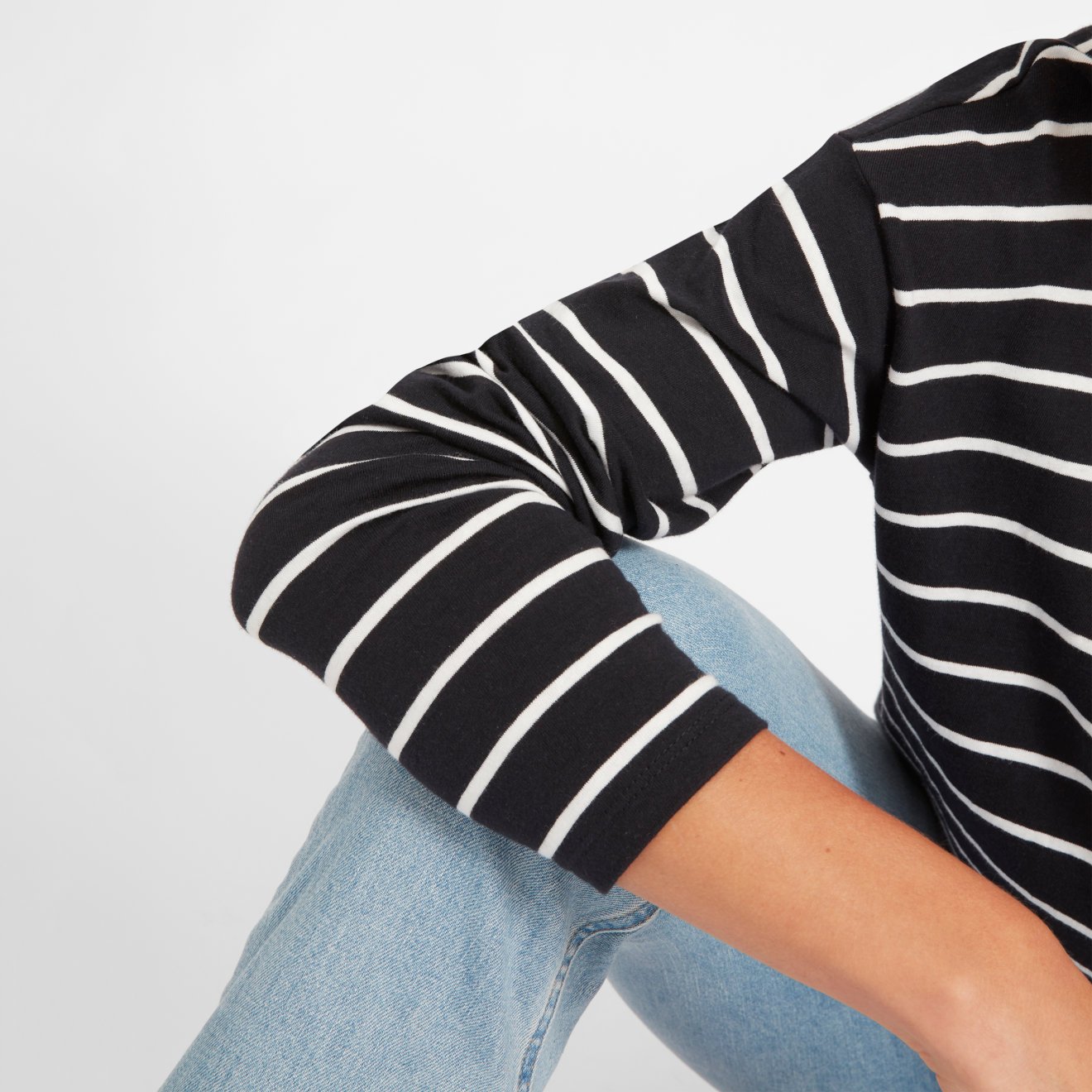
Fashion Week’s Bold History—And Uncertain Future
The History Of Fashion Week
The history of Fashion Week reveals Great Gatsby-like flair at every turn. Opulence and elitism have remained defining characteristics of runway shows to this day, without any consideration for the possible consequences. From socialites to run crew, all individuals come together in service of the extreme retail experience.
“Is there a way to maintain the creativity and excitement of Fashion Week without producing harm?”
As time goes on, fashion shows are becoming ever more spectacular. At its best, fashion provides a vehicle for self-expression and connection, yet at its worst, the industry does more harm than good to the planet and its people. Is there a way to maintain the creativity and excitement of Fashion Week without producing harm?
The Origins Of Fashion Week
One of history’s first signs of a fashion week, or seasonal collection, can be traced back to fashion designer Charles Frederick Worth. He began showing designs to clients in Paris and was the first to employ real women to showcase his garments. Prior to this, fashion dolls and miniature versions of the designs were either sewn or created with paper to give customers an idea of the final product.
These “fêtes” featuring live models continued from the late 1800s and early 1900s and were also known as “salon shows.” Held in European cities like Paris, the events remained private and only for an elite clientele. Soon “fashion parades” were introduced and, while still exclusive, were a bit more formal. Models would strut by top clients while being introduced via a number that corresponded to the design they were wearing. These earlier shows focused much more on the process of selling clothing, even if the designers didn’t like to admit it. Paul Poiret and Lucile (Lady Duff-Gordon) helped to guide these events toward the fashion shows we know today by strategically inviting guests and covering them with fanfare. Both designers, in their own ways, turned these shows into social, creative, high-class experiences.
The Official Launch Of Fashion Week
Soon after, department stores began adopting the idea of fashion shows, and the Ehrich Brothers held the first US show in 1903. Designers, stores, and brands continued to hold events independently, bringing the press into the mix, elevating the fashion shows even more. Most clients and journalists would travel to Paris to see their favorite designer’s collections for the next season; however, World War II made it incredibly difficult for this tradition to go on. In 1943, the regularly scheduled shows were canceled due to Nazi occupation.
While the war waged on, fashion publicist Eleanor Lambert made fashion history by seizing this opportunity to promote American designers. In an effort to create buzz and stay efficient, she invited media to a “New York Press Week,” creating the Fashion Week we know today. Two years after this groundbreaking week, the Chambre Syndicale de la Haute Couture began requiring designers to create seasonal collections.
In 1958, under the National Chamber of Italian Fashion, Milan became the second city to establish a Fashion Week. Paris Fashion Week was officially organized in 1973 by the French Fashion Federation, and in 1984 the British Fashion Council followed suit with the creation of London Fashion Week. From the early 1990s on, several different sponsored Fashion Weeks occurred, eventually leading to the Fashion Weeks in the “Big Four” cities (and beyond) we know today.
The Environmental Impact & Extinction Rebellion
Although there has been a huge uptick in attention being paid to fashion’s carbon footprint, Vogue recently pointed out that very little thought has been given to the impact of Fashion Week. This realization has served as a wake-up call for me personally because considering all that goes into a fashion show that lasts less than five minutes makes my head spin. Invitations are sent out, lighting is put up, elaborate sets are erected, and guests are flown in from all over the world.
“Fashion shows are supposed to point to the future, and if they’re ignoring the fact that we live in incredibly dangerous times…what are [they] saying about the future?”
Fashion Weeks are the ultimate example of wasteful consumerism in the modern age, especially considering that many of these garments are not necessarily for sale. Tamara Cincik, the founder and CEO of Fashion Roundtable sums it up well to Vogue: “Fashion shows are supposed to point to the future, and if they’re ignoring the fact that we live in incredibly dangerous times…what are [they] saying about the future?”
However, with the rise of the internet and obsession with social media, designers have felt pressure to provide larger-than-life events for their attendees. From intricate sets to extravagant locations, fashion shows may have gotten out of hand. A prime example lies in Saint Laurent’s Spring/Summer 2020 show in July of this year. The brand set up shop on a hidden beach in Malibu and violated multiple environmental regulations that “protect Malibu’s fragile natural resources,” according to Vogue Business. Although Saint Laurent’s parent company Kering has been outspoken about moving towards more sustainable standards, the French label clearly hasn’t received the message. Scandalous events like these have pushed Extinction Rebellion, an organization established in 2018, to call for a boycott of London Fashion Week. Although the movement is most active in the UK, it’s caused a stir within the entire industry.
“With many designers left out of the running (including sustainable collections), many are wondering whether or not Fashion Week, as we used to know it, is gone for good.”
Some are also criticizing Fashion Weeks for their old-fashioned ways, claiming the gatherings are no longer relevant. In attempts to keep up with the times, designers like Tommy Hilfiger have created collections ready-for-purchase as soon as the models hit the runway. In addition, uncertainty for Fashion Week’s future has come to a head with this current NYFW spanning only five days, instead of the typical eight. With many designers left out of the running (including sustainable collections), many are wondering whether or not Fashion Week, as we used to know it, is gone for good. Like many events that used to be the pinnacle of their industry (think #OscarsSoWhite-type scandals), younger generations seem far less interested in what the “establishment” has to say.
“I just don’t think the designer’s customer buys into the seasons like that anymore,” says Cincik about Fashion Week. “I think the industry has to catch up to the new consumer, and a really big recalibration needs to happen.”
While this all may sound pretty bleak, hope lies in companies like Prodject, the producer of high-profile fashion shows for brands such as Chanel, Prada, and Tom Ford. Prodject credits sustainability success to their young team who focus on details such as renting pieces rather than buying and discarding, recycling used items, and swapping for efficient LED lighting. Fashion Revolution co-founder Orsola de Castro believes more of these steps towards sustainability are the key to success. The designer and co-founder stated on The Voice of Fashion website recently that while she agrees with the sentiments of Extinction Rebellion, changing the nature of Fashion Week is the answer, not dismantling it altogether.
“Changing the nature of Fashion Week is the answer, not dismantling it altogether. ”
So, will the industry try to overhaul its own system? Will fashion leaders continue attempting to fit a square peg into a round hole? Will we see designers branch off into their own independent shows once again? Or can the industry come together for the greater good? I guess we’ll find out.
Audrey Stanton was born and raised in the Bay Area and is currently based in Los Angeles. She works as a freelance writer and content creator with a focus in sustainable fashion. Audrey is deeply passionate about conscious living and hopes to continue to spread awareness of ethical consumption.




